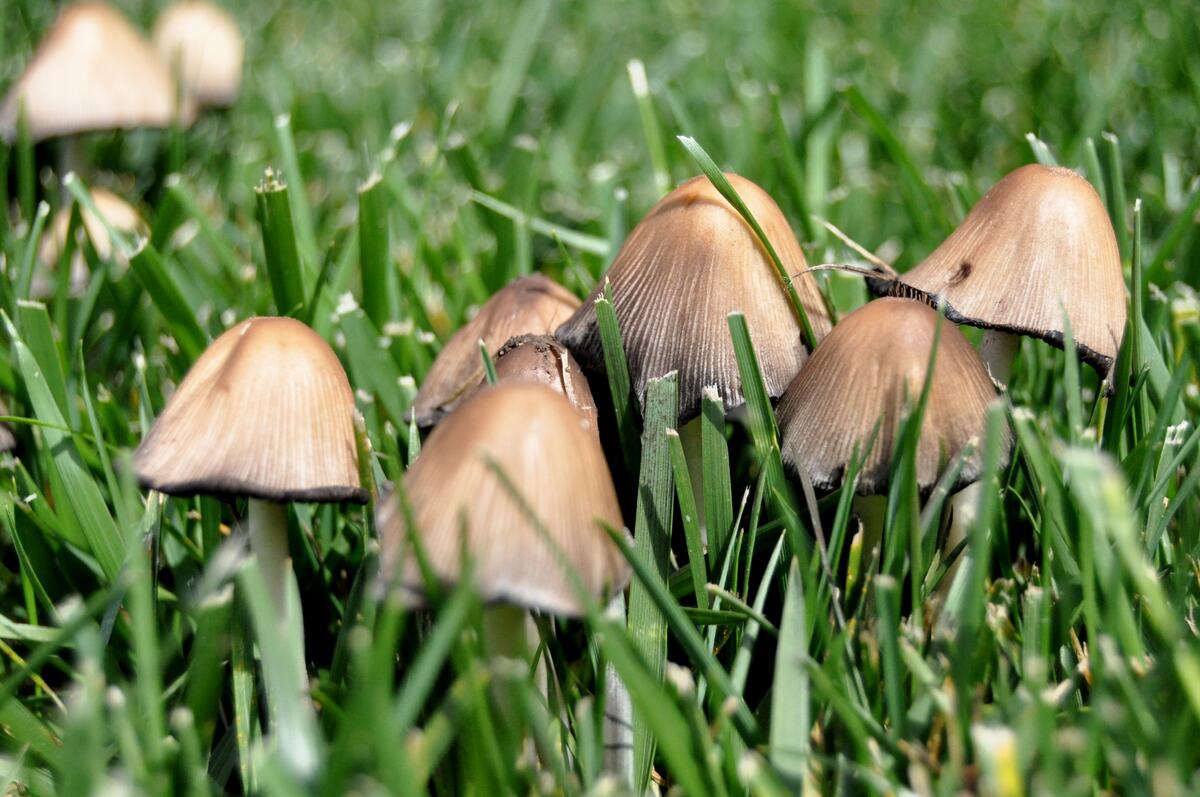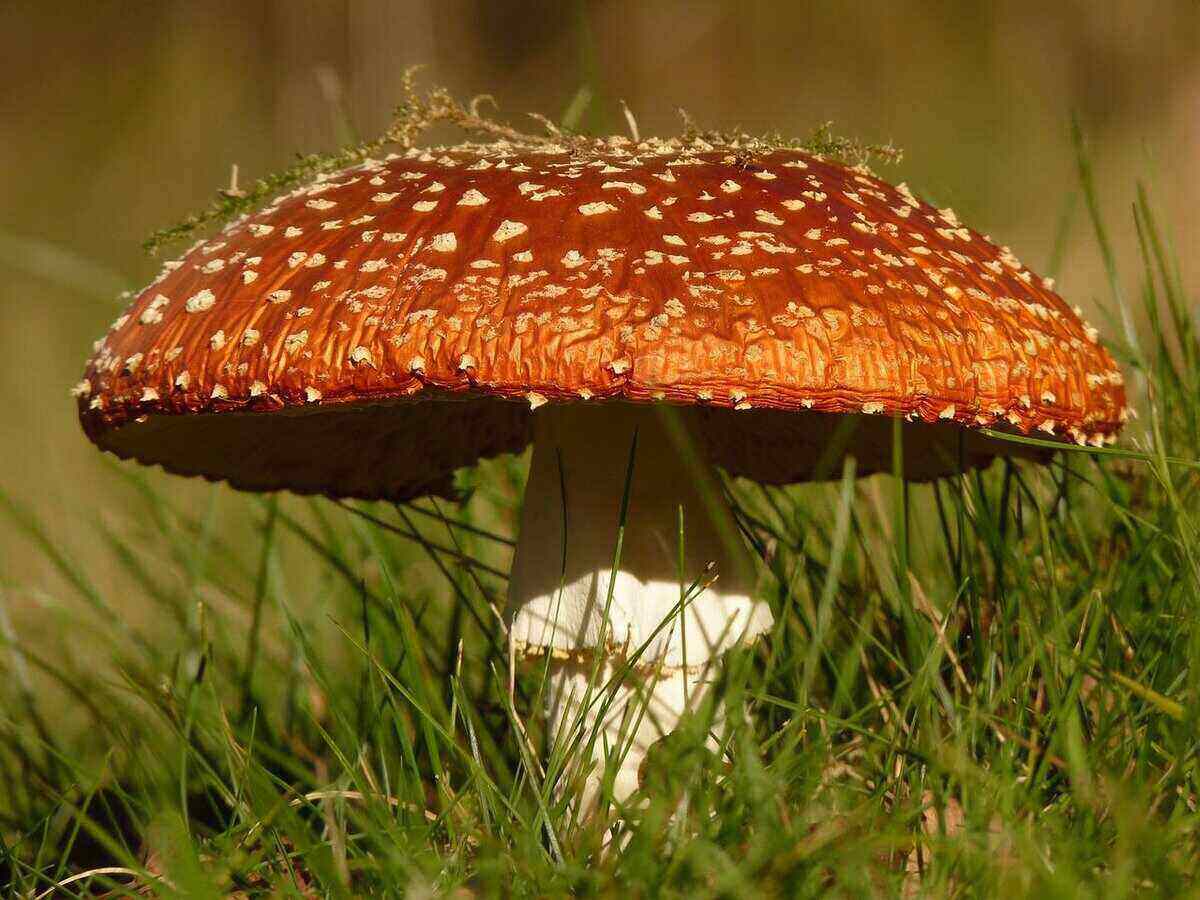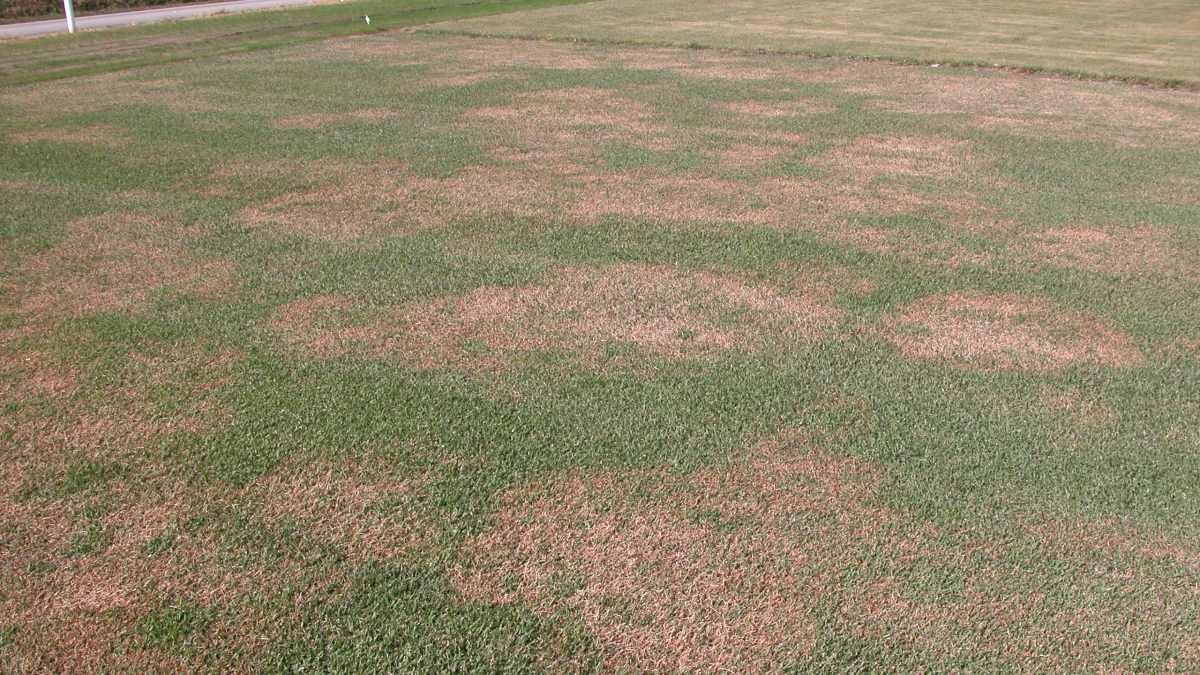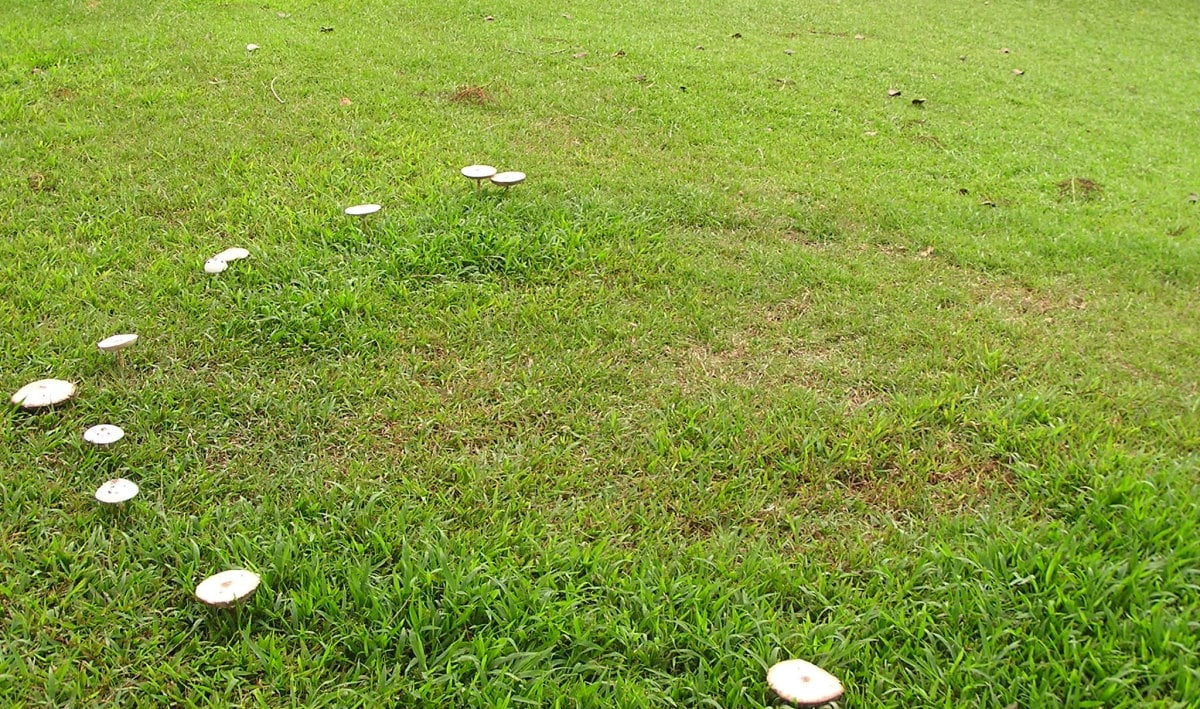
While you tend to your lawn this spring, you may discover a mysterious ring of grass or mushrooms in your yard. No, it’s not a crop circle – it’s fairy ring, a fungal disease that plagues yards and golf courses and has fascinated people since ancient times.
In the medieval era, fairy rings were thought to form in grassy areas where fairies had danced during the night. Fairies or no fairies, we’ll get down to the scientific causes of fairy ring and help you keep your yard fairy ring-free.
What is Fairy Ring?
There are three types of fairy rings that might be affecting your yard.
- Type 1 fairy rings produce rings of brown and wilted dead grass. These types are most common on golf courses, but they can also appear on front lawns.
- Type 2 fairy rings create a dense ring of dark green grass. These are caused by increased nitrogen produced from organic material in the soil, leading to more growth.
- Type 3 fairy rings form a ring of mushrooms or puffballs in your yard. These are particularly common in wet regions and during the fall.
Fairy rings can be distinguished from other lawn diseases like brown patch and dollar spot by their circular appearance, though in some cases you may need the eye of an expert. Rings can range from a few inches wide to up to 5 or 10 yards in diameter.
What Causes Fairy Ring?
Each fairy ring type is caused by wind-borne fungi species in the basidiomycetes group. The fungi take root in soil high in organic matter and areas with recent tree removal.
The symptoms of each type of fairy ring are caused by different effects of the fungi:
- Type 1: The fungi produce compounds that make it difficult for grass to absorb water from the soil, leading to wilting and death.
- Type 2: The fungi decay organic matter faster than usual, converting it to nitrogen that causes grass to grow dense and lush.
- Type 3: The fungi, wet conditions, and high organic matter combine to create a ring of yard mushrooms. The wet conditions can be caused by periods of heavy rainfall or poor drainage.
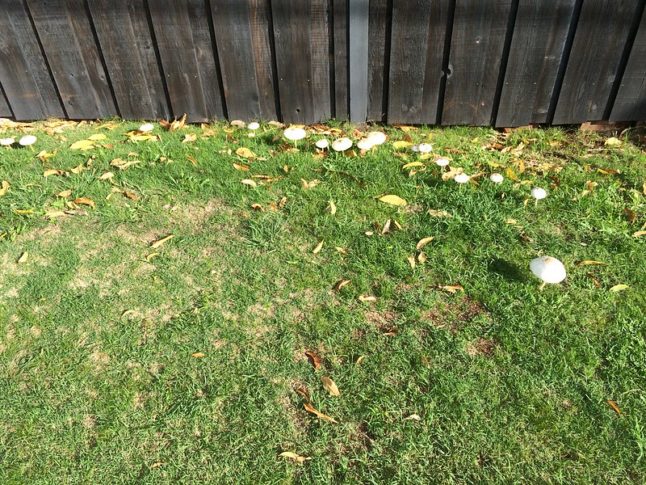
How Do You Get Rid of Fairy Ring?
Fairy rings are unlikely to cause turf death or long-term problems. Fairy rings can go away on their own due to environmental changes, like your yard’s moisture level and amounts of organic matter.
But fairy ring can spread throughout your yard if unchecked, and you may not like its unsightly appearance. Some species of fairy ring are also poisonous to children and pets.
Thankfully, there are plenty of proactive ways to treat fairy ring. Some tried-and-true methods will help all types, and each variety also has specialized remedies to combat it.
Warning: Whatever you do, don’t try to use fungicide on fairy rings in your lawn, as fungicides are typically ineffective at preventing fairy ring development or reducing symptoms.
All Varieties
Reduce Thatch
The buildup of thatch, a loose layer of decaying and living plant matter in your soil, gives fairy ring a feeding frenzy. Dethatch your yard with a vertical mower or power rake.
Aerate Your Lawn
While dethatching cuts into the thatch layer, aeration creates cores of air in your soil, loosening it and helping moisture and oxygen to absorb. Regular lawn aeration reduces compaction and breaks apart the organic matter that fairy ring feeds on, but keep in mind you won’t be able to aerate alone to remove large volumes of thatch. That’s why we recommend aerating and dethatching together.
As a plus, aerating helps with irrigation and encourages root growth for your grass, which will crowd out any unwanted weeds.
Topdress
The high levels of organic matter in your soil can be balanced out with a fine topdressing of high-quality sand. When applied to your yard, the sand dilutes the matter fairy ring feeds on and provides a substrate for healthy turfgrass to grow.
Note: Use caution when topdressing clay soils, as sand and clay form a dense and hard soil. If you have clay soil, consider composting.
Type 1
Water with a Wetting Agent
Getting your grass the water it needs when faced with a Type 1 fairy ring requires a little effort, but it’s easily accomplished with a wetting agent, a chemical solution that helps water permeate and moisturize affected lawns.
Water affected areas deeply with the wetting agent to help with penetration, particularly around the hydrophobic root zone.
Type 2
Apply Fertilizer
If you’re dealing with a Type 2 fairy ring, consider applying fertilizer to unaffected areas of your lawn to stimulate turf growth and mask the dark green rings.
This won’t solve the root cause of your fairy ring, but it will speed up organic matter decomposition and green up unaffected areas.
Type 3
Hand Removal
Like other mushrooms, it’s possible to remove fairy ring toadstools by hand or rake. Be careful with removal: Mowing over the mushrooms or removing them inefficiently can spread the spores throughout your yard.
How to Prevent Fairy Ring
Aeration and thatch removal, If practiced regularly, will keep fairy ring from coming back. If you’re looking for other long-term solutions, strike fairy ring at the source by reducing the organic matter and water in your yard.
Remove Yard Debris
Fairy ring feeds on decaying debris that plants and animals leave behind. Practice these lawn care steps to stay clean of debris:
- Rake and mow regularly
- Remove stumps and dead tree roots
- Clean up after pets
Improve Irrigation and Drainage
The same wet conditions that cause other lawn toadstools can also lead to fairy ring. In addition to dethatching and aerating, water deeply and infrequently, and stick to early morning hours – before 8 to 10 a.m.
You can improve drainage in your yard long-term by adding French drains or other lawn drains, applying compost to dense clay soil, or creating a rain garden to absorb extra water.
FAQ About Fairy Ring
Fairy rings mean your soil is high in organic matter and moisture, though your grass may be having trouble absorbing them. As the superstition goes, this can be bad luck for your lawn.
Fairy ring occurs when your yard is high in organic matter, which is good for your soil and your lawn. However, the lawn disease itself can be bad for your grass and spread throughout your yard if untreated.
One superstition says that if you see a fairy ring, you should run around it nine times by the light of a full moon. To treat fairy ring with landscaping solutions, consider aerating, reducing thatch, and topdressing.
Footloose and Fairy Ring-Free
Treating a lawn affected by fairy ring can be a tiresome task, as this stubborn lawn disease doesn’t respond to fungicides and can keep coming back year after year. If you’re under the fairies’ spell, our lawn care professionals are just a call or click away to restore your lawn to health and keep it mowed, trimmed, and edged.
Main photo credit: Scot Nelson / Flickr / Public domain

